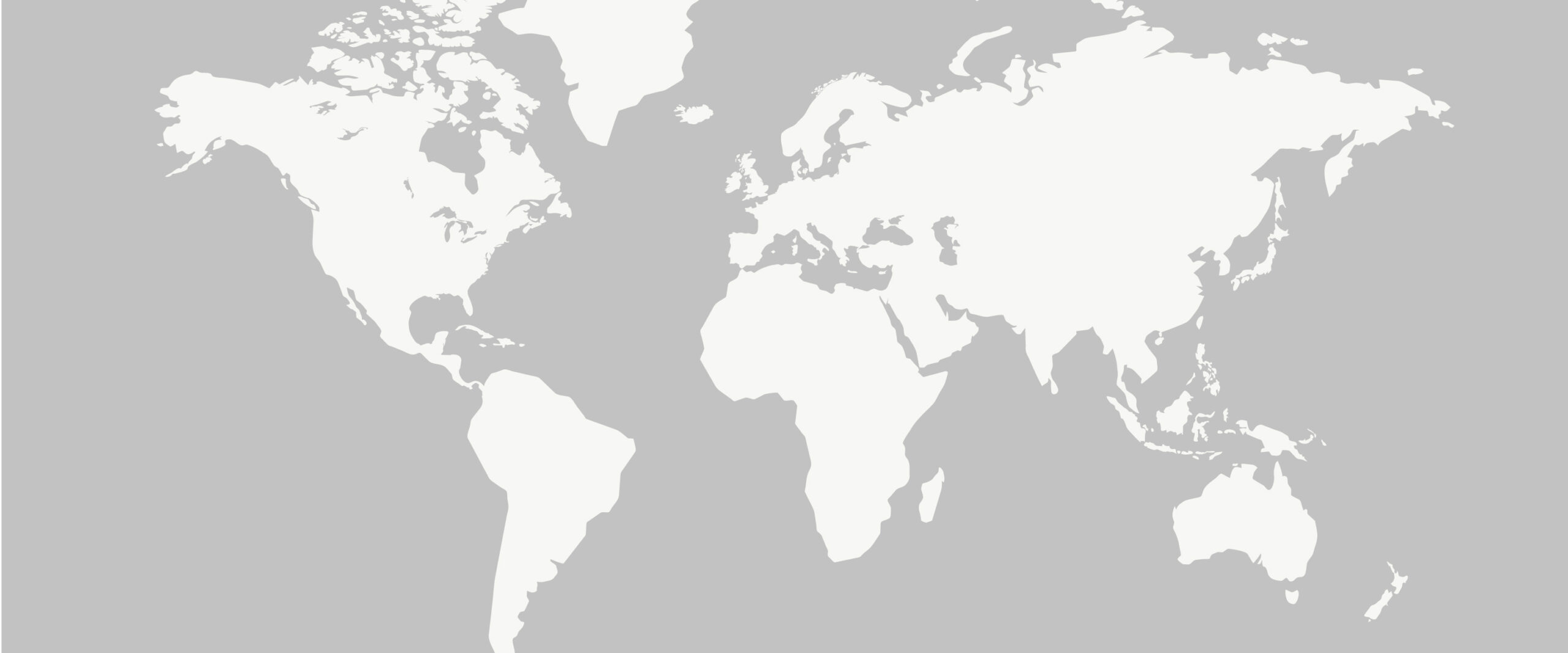At the onset of the COVID-19 outbreak, we were checking in with our international partners to offer them support in their facilities’ response to the outbreak. It became clear that they feared a shortage of beds as their healthcare facilities are already overwhelmed with pre-existing care. Many of our partners do not have ICU’s or infectious disease wards, so concerns regarding safety and capacity were raised. With a great deal of resources being put into design guidelines for US-based response, we wanted to focus our efforts to create something similar for developing countries. We engaged Construction for Change and HDR’s Design 4 Others, to collectively use our experience of designing and building in resource-strained areas to create an open-source design guideline. The open-source design guidelines and checklist provide facilities and communities the tools they need to implement a rapid COVID-19 Response Unit. Collaborating on the open-source document not only strengthened the quality of the resource, but it also allowed us to have a greater reach by leveraging our collective networks to get the document to those who needed it.
Open-Source Resource Strained Healthcare Facilities
pro-bono
Global
May 2020
Architecture, Prototype
Healthcare
Construction for Change, HDR/ Design 4 Others
Since the effort was a quick response it is intended to be adaptable to a user’s needs. The guidelines can be used to retrofit an existing space or for new construction. Three types of COVID Response units are outlined. Conversion of an existing facility into a COVID-19 Response Units, construction of a new COVID-19 Response Unit from tents, and construction of a new COVID-19 Response Unit sourcing locally available materials.
Even in a rapid response, it is critical to site the Response Unit so that it does not have any negative impacts on the surrounding infrastructure. The guidelines include resources on locating the facility to maximize existing infrastructure and considerations for when little infrastructure is present. The site guidelines also include information on how a response unit can be integrated into an existing healthcare facility or as a stand-alone clinic.
The Response guidelines provide a checklist for designing the space with critical attention to adjacency and flow ensuring quality of care and infection control. The document checklist includes minimum size recommendations per space and the critical flows of patients, staff, and materials. Providing a checklist along with a prototype design allows for facilities to organize the components depending on their response efforts while adhering to an optimal standard of care. A response to COVID-19 is more than the facility to house the patients, rather there is a complex response system that must be managed to ensure that quality and safe care is provided. The guidelines highlight the critical elements that providers will need to support their COVID-19 Response Units.
In the case of COVID-19, time was of the essence, and a rapid response was needed to handle patient surges. Healthcare providers have different factors that will determine which response unit typology best suits their needs. The guidelines include a chart that was developed by reviewing typical costs and timelines to implement the COVID-19 Response Unit in various settings. In an effort to make the implementation more accessible Adaptiv and D4O offered pro-bono consulting to Healthcare Providers on the planning and design. Construction for Change offered pro-bono construction management and oversight for facilities seeking help during the construction process.
Construction for Change and Adaptiv has continued the effort started in the document by partnering on the design and construction of an Infectious Disease Clinic and Laboratory in Kara, Togo.
Provide Access
Enhanced Response Capacity
Address Vulnerability
GOAL 3: Good Health and Well-being
GOAL 10: Reduced Inequality
